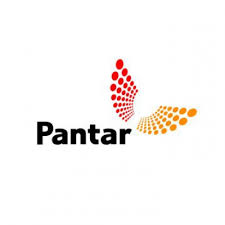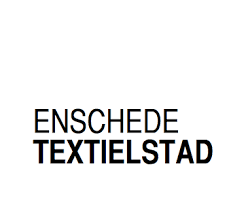Sustainability
Su·stain·a·bil·i·ty
[suh-stey-nuh-bil-i-tee]
noun
1.
The ability to be sustained, supported upheld, or confirmed.
2.
Environmental Science. The quality of not being harmful to the environment or depleting natural resources, and thereby supporting long term ecological balance: The committee is developing sustainability standards for products that use energy.
Origin:
Sustain + ability
So, Sustainability is based on one simple principle: Not harming our natural environment. Because everything that we need for our survival and well-being depends, either directly or indirectly, on our natural environment. We need to maintain the conditions under which humans and nature can exist in productive harmony.
Mission statement
We strive to be a sustainable company. We challenge ourselves and everyone surrounding us to push boundaries to make luxurious products in a way that is kind to the world and all of its inhabitants: beautiful and sustainable. In our fabrics we are using more and more sustainable and/or recycled fibers such as organic cotton, recycled cotton, recycled PET, Tencel/eucalyptus, hemp, wool, silk,
circular solutions
As we continue to challenge the way we work and think. The goal is to evolve from just reducing our impact to making a positive impact. We will do whatever we can do to help change the industry to move to a new circular economy.
Circular economy
A circular economy looks beyond the current take-make-dispose extractive business model and aims to redefine growth, focusing on positive society-wide benefits.
It is based on three principles: 1) design out waste and pollution; 2) keep products and materials in use; and 3) regenerate natural systems.
A circular economy requires that we move away from the consumption of finite (non-renewable) resources and that we design waste out of the system.
materials
In our fabrics we are using more and more sustainable and/or recycled fibers such as organic cotton, recycled cotton, recycled PET, Tencel/eucalyptus, hemp, wool, silk,
Peace Silk
Non-violent silk, Ahimsa Silk or Peace Silk, is produced from cocoons without killing the pupae inside or without sacrificing animal life.
“Ahimsa”, meaning “nonviolence”, is a philosophy of many eastern religions, stating that humans should refrain from inflicting suffering on others, including non-human and even non-animal life. In this process silk worm can complete their life cycle and finally fly away as a beautiful butterfly.
wool
Organic wool yarn is wool that comes from sheep that have not been exposed to chemicals like pesticides and are kept in humane and good farm conditions. For all the handcrafted work done in YMK Atelier, all the used wool is harvested at Dutch farms, and is processed, dyed and spun in The Netherlands.
organic cotton
Organic cotton farming was developed by social entrepreneurs, farmers and NGOs who – like many of us – did not like the overuse of pesticides, or the social problems caused by production practice, including farmer debt and sickness caused by chemicals.
Organic cotton eliminates the use of toxic and persistent chemicals, improves soil health and increases water conservation. All of which is better for environment and for farmers and their communities.
Recycled cotton
Cotton can be recycled from pre-consumer (post-industrial) and post-consumer cotton waste. Pre-consumer waste comes from any excess material produced during the production of yarn, fabrics and textile products, e.g. selvage from weaving and fabric from factory cutting rooms. Post-consumer waste comes from discarded textile products, e.g. used apparel and home textiles. During the recycling process, the cotton waste is first sorted by type and color and then processed through stripping machines that first breaks the yarns and fabric into smaller pieces before pulling them apart into fiber. The mix is carded several times in order to clean and mix the fibers before they are spun into new yarns.The resulting staple fiber is of shorter length compared to the original fiber length, meaning it is more difficult to spin. Recycled cotton is therefore often blended with virgin cotton fibers to improve yarn strengths. Commonly, not more than 30% recycled cotton content is used in the finished yarn or fabric.
Because waste cotton is often already dyed, re-dyeing may not be necessary. Cotton is an extremely resource-intense crop in terms of water, pesticides and insecticides.This means that using recycled cotton can lead to significant savings of natural resources and reduce pollution from agriculture. Recycling one tonne of cotton can save 765 cubic metres of water.




